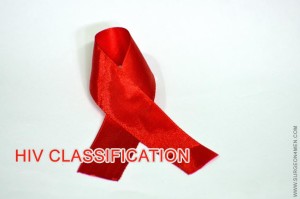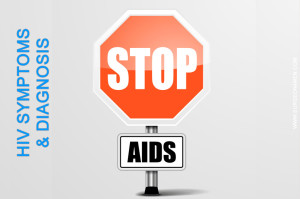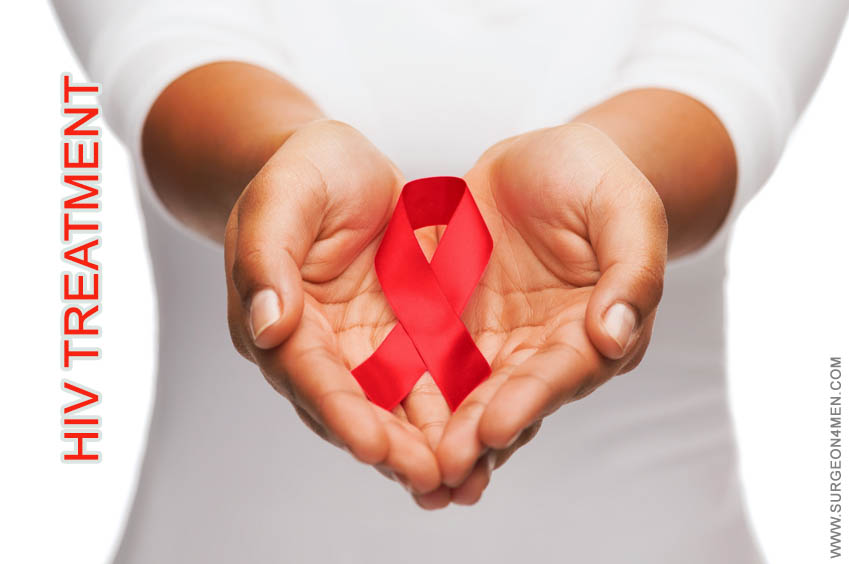HIV Treatment
Currently there is no cure for HIV. However, various lines of treatments are available for HIV treatment that can enable those who are infected with HIV so stay healthy and lead a long life. Various medications are now available that can help in fighting HIV and the complications associated with HIV infection. The main aim of HIV treatment is to reduce HIV in the infected person’s body and try to keep the immune system as healthy as possible.
Antiretroviral Therapy (ART) for HIV Treatment
 Antiretroviral therapy (ART) involves the use of HIV medicines for the HIV treatment. People who are on ART are prescribed a combination of HIV medicines (also known as HIV regimen) on a daily basis. Anyone who is infected with HIV is prescribed ART. ART cannot cure HIV but can help people lead a healthier life. It also reduces the risk of HIV transmission. The medicines forming part of the HIV regimen do not eliminate the HIV virus. However, they help in bringing down the total amount of virus in the blood (also known as virus load) to a very low level.
Antiretroviral therapy (ART) involves the use of HIV medicines for the HIV treatment. People who are on ART are prescribed a combination of HIV medicines (also known as HIV regimen) on a daily basis. Anyone who is infected with HIV is prescribed ART. ART cannot cure HIV but can help people lead a healthier life. It also reduces the risk of HIV transmission. The medicines forming part of the HIV regimen do not eliminate the HIV virus. However, they help in bringing down the total amount of virus in the blood (also known as virus load) to a very low level.
The medicines that form part of the ART act by attacking and subsequently destroying the CD4 cells of the infected person’s immune system. This loss of CD4 cells can make it difficult for the body to fight off specific infections and cancers associated with HIV. HIV medicines also help in curbing the rate of multiplication of HIV, thereby reducing the amount of HIV in a person’s body. This increases the chances of the person’s immune system to recover and become stronger.
Time to start HIV Treatment
The treatment plan of a person is designed by the doctor based on the following factors:
- The overall medical condition of a person including other HIV-related complications that the person might have.
- The total CD4 count of the person. If the CD4 count is rapidly decreasing then it shows an advancement of HIV and further loss of CD4 cells can make it very difficult for the person to fight off infections and diseases associated with HIV.
- The person’s readiness and willingness to begin the treatment therapy as the treatment will continue lifelong.
HIV Regimen Medicines for HIV Treatment
 The medicines that form part of the HIV regimen are categorized into 6 different drug classes depending on their ability to fight HIV. A majority of the people who begin with the HIV regimen are prescribed a combination of three or more medicines from two or more different drug classes. This is also referred to as combination therapy. Some of the newer available medicines tend to package this combination of three different medicines into one pill so that the infected person is only required to take one pill in a day. Different people take different combinations of the these HIV medicines.
The medicines that form part of the HIV regimen are categorized into 6 different drug classes depending on their ability to fight HIV. A majority of the people who begin with the HIV regimen are prescribed a combination of three or more medicines from two or more different drug classes. This is also referred to as combination therapy. Some of the newer available medicines tend to package this combination of three different medicines into one pill so that the infected person is only required to take one pill in a day. Different people take different combinations of the these HIV medicines.
Risks Associated with HIV Medicines
The common risks associated with taking HIV medicines are listed below:
- Side Effects: Different people taking the same HIV medication may experience different or no side effects. Some of the side effects which are not too serious include occasional dizziness or headache. Some of the life-threatening side effects include swelling of the tongue and the mouth and damage to liver.
- Drug Interactions: The HIV medicines can interact with one another and also with any other medications that a person might be taking. This might either reduce or enhance the medicine’s effects on the person’s health. These interactions might also cause undesired side effects.
- Drug Resistance: As HIV infection spreads in a person’s body, it might mutate and form variations. These mutant strains might become resistant to the HIV medicines and therefore taking HIV medicines does not serve the desired purpose.
References:

